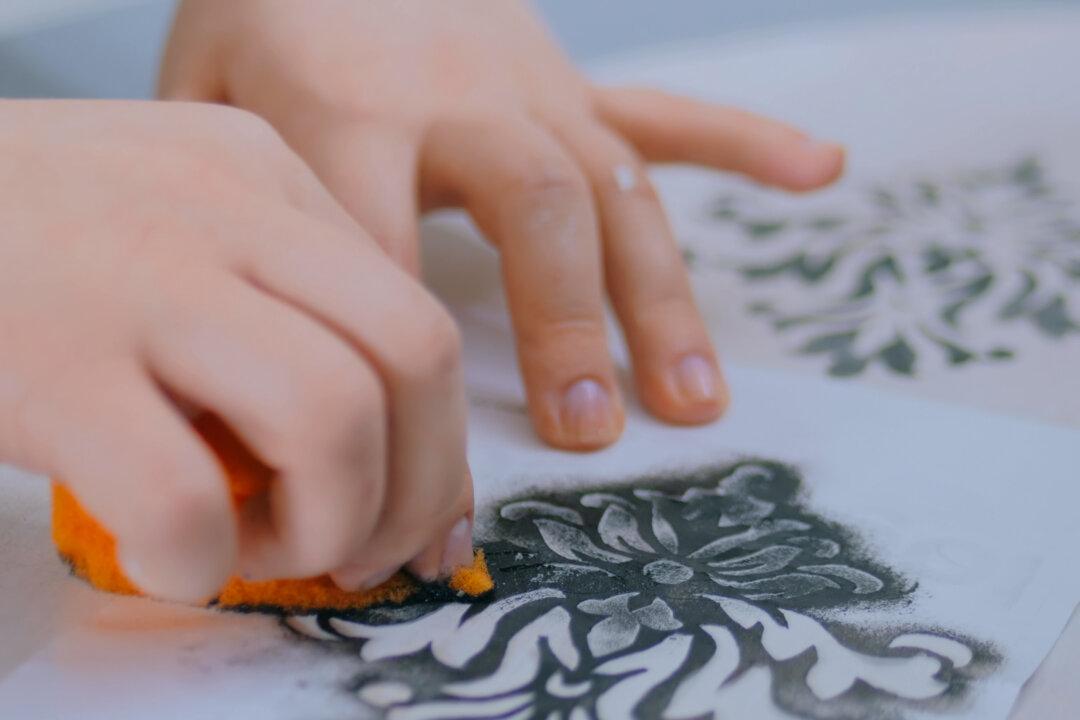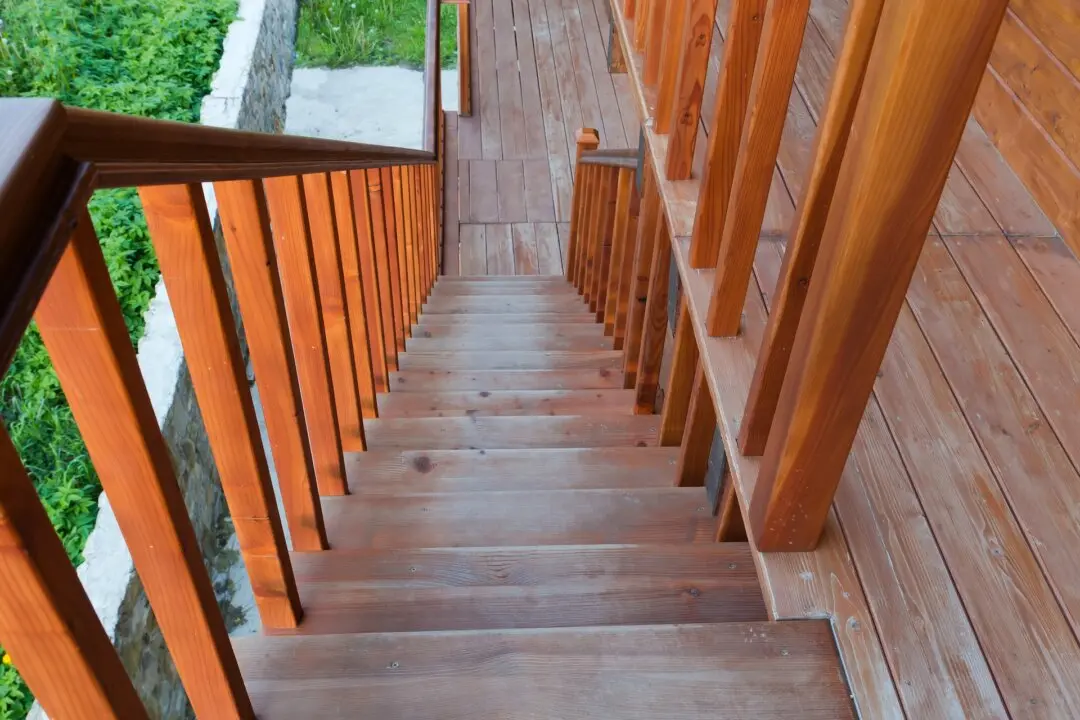Dear James: I am on a tight family budget, but I want to do something to upgrade my old kitchen laminate countertop. What is my least expensive option?—Kristin W.
Dear Kristin: Laminate countertops are very durable, but the surface can get scratched and stained after years of use. Since a countertop is often the focal point of a kitchen, improving its appearance can be a major decor upgrade for the entire room.





